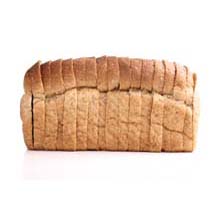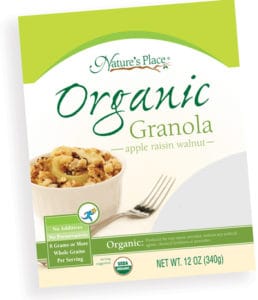
Protein is hailed as the king, the star that takes center stage at meals. For much of our history and even today, it seems as if a meal is not complete without meat, fish, or poultry – that slab of animal flesh. This is obvious when I watch the reality show Top Chef – as the chefs are off and running to compete in the next challenge, they are often seen grabbing the “protein” first and then the rest of the ingredients are chosen to highlight that.
Why have meat, fish, and poultry (MFP) been elevated to star status? We seem to enjoy eating it as much as we enjoy watching it being cooked since the typical American diet provides twice as much protein as we require. Out of the three macronutrients (carbohydrate, protein and fat) protein is needed in the smallest quantity per calories, only 20% of our daily calories. Remember that protein is found in more than just MFP. The other animal sources of protein include milk, dairy foods and eggs and the plant sources of protein are vegetables, grains, dried beans and peas (legumes), and nuts and seeds.
There are a couple of reasons why MFP foods have taken center stage for so long. One is that MFP as well as milk, dairy foods and eggs are considered high biological value protein foods. What this means is that they are ‘complete’ proteins, providing all the ‘essential’ amino acids needed by our bodies to perform a variety of important functions. There are a total of twenty amino acids which are the building blocks of all protein molecules. Of those twenty, nine are considered essential – they must be provided by our diet since our bodies cannot make them. The other eleven amino acids are equally important yet they can be metabolized from other foods in the diet…




